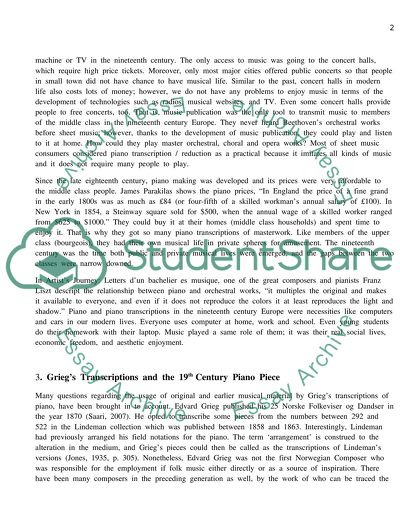Cite this document
(“Piano Transcription in the 19th century Europe Essay”, n.d.)
Retrieved from https://studentshare.org/miscellaneous/1515178-piano-transcription-in-the-19th-century-europe
Retrieved from https://studentshare.org/miscellaneous/1515178-piano-transcription-in-the-19th-century-europe
(Piano Transcription in the 19th Century Europe Essay)
https://studentshare.org/miscellaneous/1515178-piano-transcription-in-the-19th-century-europe.
https://studentshare.org/miscellaneous/1515178-piano-transcription-in-the-19th-century-europe.
“Piano Transcription in the 19th Century Europe Essay”, n.d. https://studentshare.org/miscellaneous/1515178-piano-transcription-in-the-19th-century-europe.


